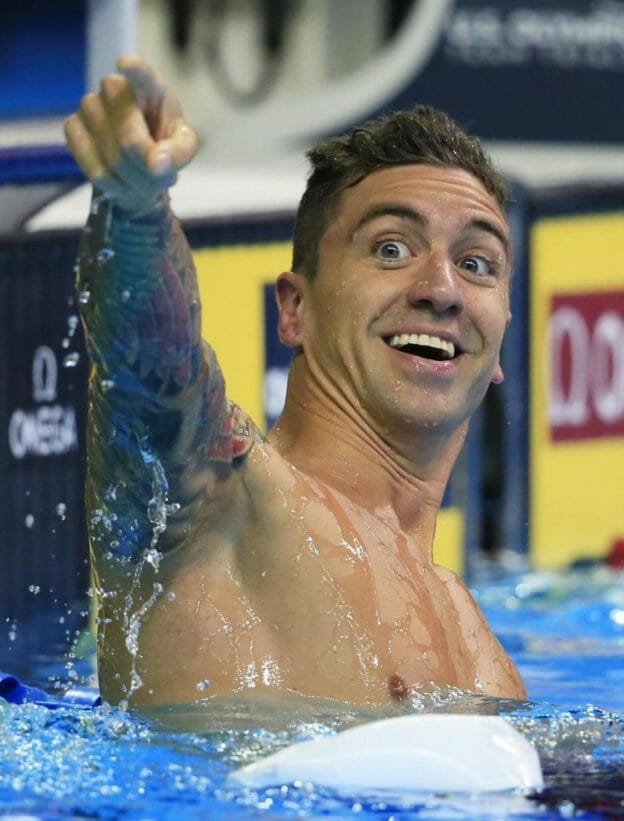Five Ways to Improve your Taper
In swimming, the idea of the perfect taper is mysterious and elusive. It is one of the biggest challenges for both the coach and the swimmer. When the taper works well, it is magical. When it doesn’t, it is a tough learning experience.
Here are five ways to help your taper work better.
- Understand why the taper works
The swimmer’s body undergoes many physiological changes during taper, called supercompensation. Here is a list of the most important ones.
- Research shows that muscular power (contraction speed and force) can increase over 20%
- Muscle damage caused by intense training is completely repaired
- Oxygen gets delivered to the muscle more efficiently (blood volume and red blood cells increase)
- Lactate buildup decreases as your swimming economy increases
- Use a gradual taper
A gradual tapering of training intensity and volume, compared to a sudden drop of intensity and volume (drop taper), has been shown to produce better results. The duration of the taper will vary significantly according to the age, gender and physiological muscle composition (sprinter vs distance) of the swimmer. Even short tapers of one week or so, which may be most effective for younger swimmers, should take a gradual approach. With the gradual approach, the intensity of training is often reduced days or weeks (pre-taper) ahead of the reduction in training volume.
- Don’t worry about losing fitness
At the start of taper, as the body is undergoing changes, it is normal to feel bad in the water. Swimmers should anticipate and embrace this momentary period. Instead, coaches and/or swimmers will often panic and become concerned that the swimmer is not in shape. They start to work more instead of less, prolonging the necessary taper time. Once the positive effects of taper are achieved, a swimmer can remain equipped for optimal performance for several weeks with very low amounts of maintenance training. Although possible, over-tapering is much more difficult and less often achieved than under-tapering.
- Don’t change the type of training you do
During taper, the training should reflect what has been done during the season. For example, if a swimmer is training for IM, then he or she should keep doing IM’s and stroke transitions during the taper. The volume and intensity of the training needs to diminish, but not the type.
- Trust the taper
As the swimmer goes through the supercompensation process of tapering, there is an enormous mental component to the taper. The mind will ultimately control how well the swimmer performs. Any doubt that the taper is not working correctly will place a huge barrier to achieve great performances. Understand how the taper process works. Have trust in your coach that the taper will work. Most importantly, when you get to the big meet, smile, have fun and enjoy the fruits of your hard work.
To help you swim faster in your championship meet, learn more about how to reduce drag in your races. Check out our just-released second video on using air bubbles under your body to swim faster in Lanes 2, 3 and 4.
Brent Noble
Expert Coach at The Race Club

About the Author:
Brent comes to The Race Club after spending the last seven years as a collegiate head coach. Brent brings an educational background in science into his coaching, as he studied exercise physiology and human performance in the Counsilman Center for the Science of swimming at Indiana University. His advisor was renowned swimming researcher Joel Stager, and the center is named for Gary Hall Sr’s college coach, Doc Counsilman. At IU, Brent’s study and research focused heavily on swimming power training and testing.

